Follicle Count:
Follicle Count:
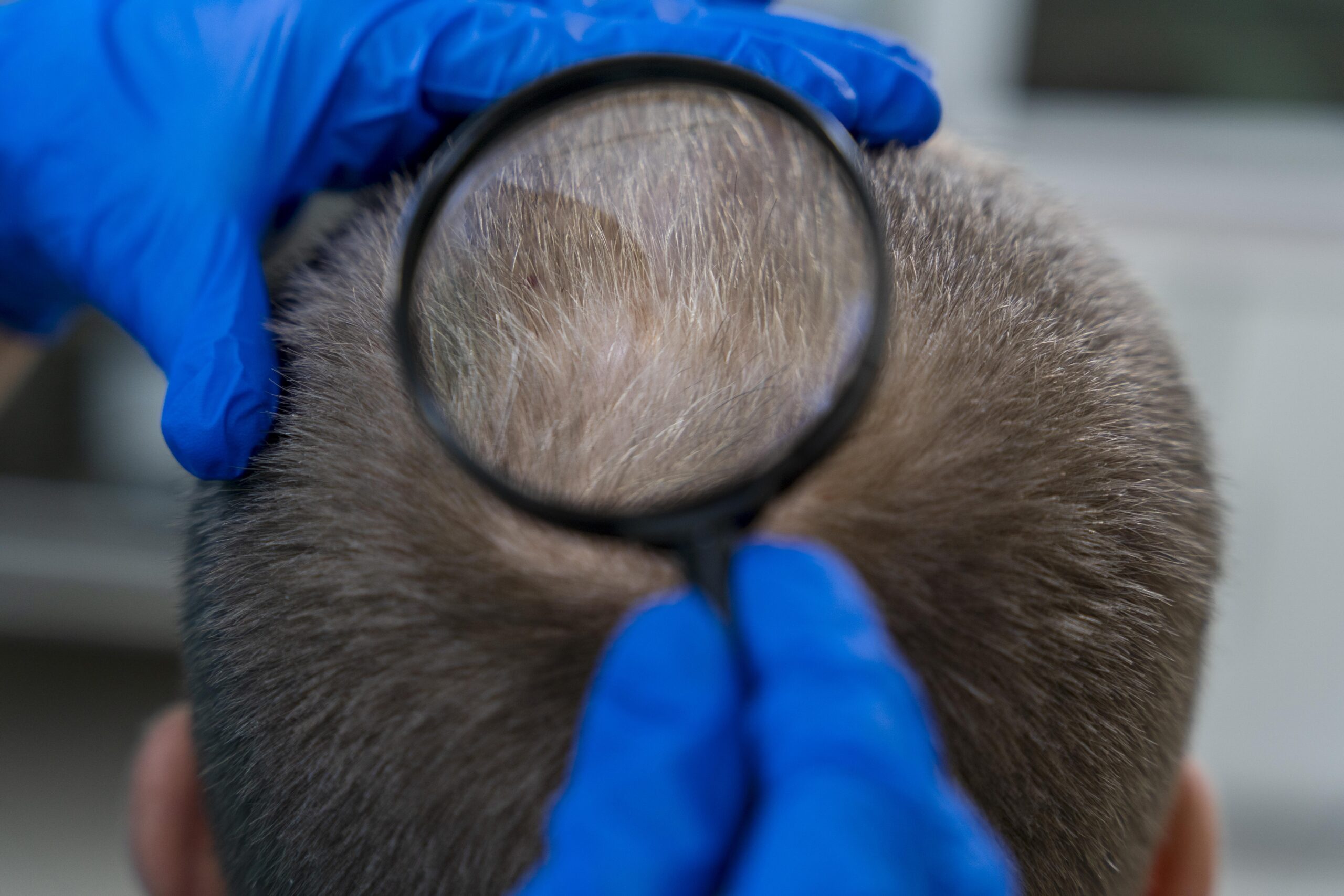
Norwood Class refers to a classification system used to categorize male pattern baldness, specifically focusing on the progression and severity of hair loss in men. Named after Dr. O’Tar Norwood, who developed the scale in the 1970s, the Norwood Class scale helps dermatologists and hair restoration specialists assess hair loss patterns and recommend appropriate treatments. It consists of several stages, ranging from minimal hair loss at the temples (Norwood Class I) to extensive hair loss across the crown and frontal scalp (Norwood Class VII). Each stage reflects the gradual recession of the hairline and thinning of the scalp, providing a standardized way to communicate the extent of male pattern baldness and guide treatment decisions. Understanding a patient’s Norwood Class is essential for developing personalized treatment plans, whether through medications, hair transplant surgery, or other interventions aimed at restoring hair density and improving aesthetic outcomes.

Check below at which class is you baldness progression.
Represents an adolescent or juvenile hairline and is not actually balding. The adolescent hairline generally rests on the upper brow crease.

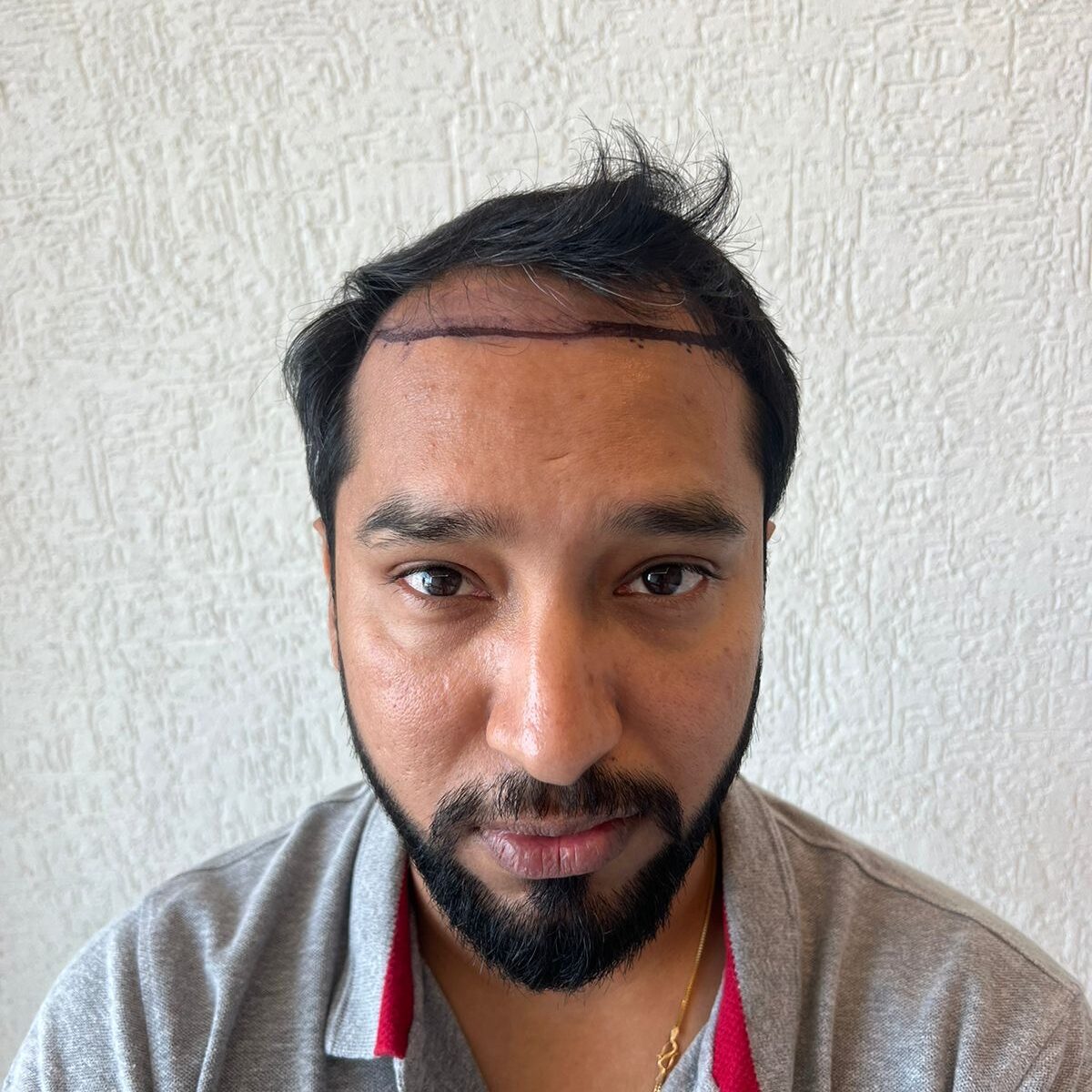

Indicates a progression to the adult or mature hairline that sits a finger’s breath (1.5cm) above the upper brow crease, with some temporal recession. This also does not represent balding.

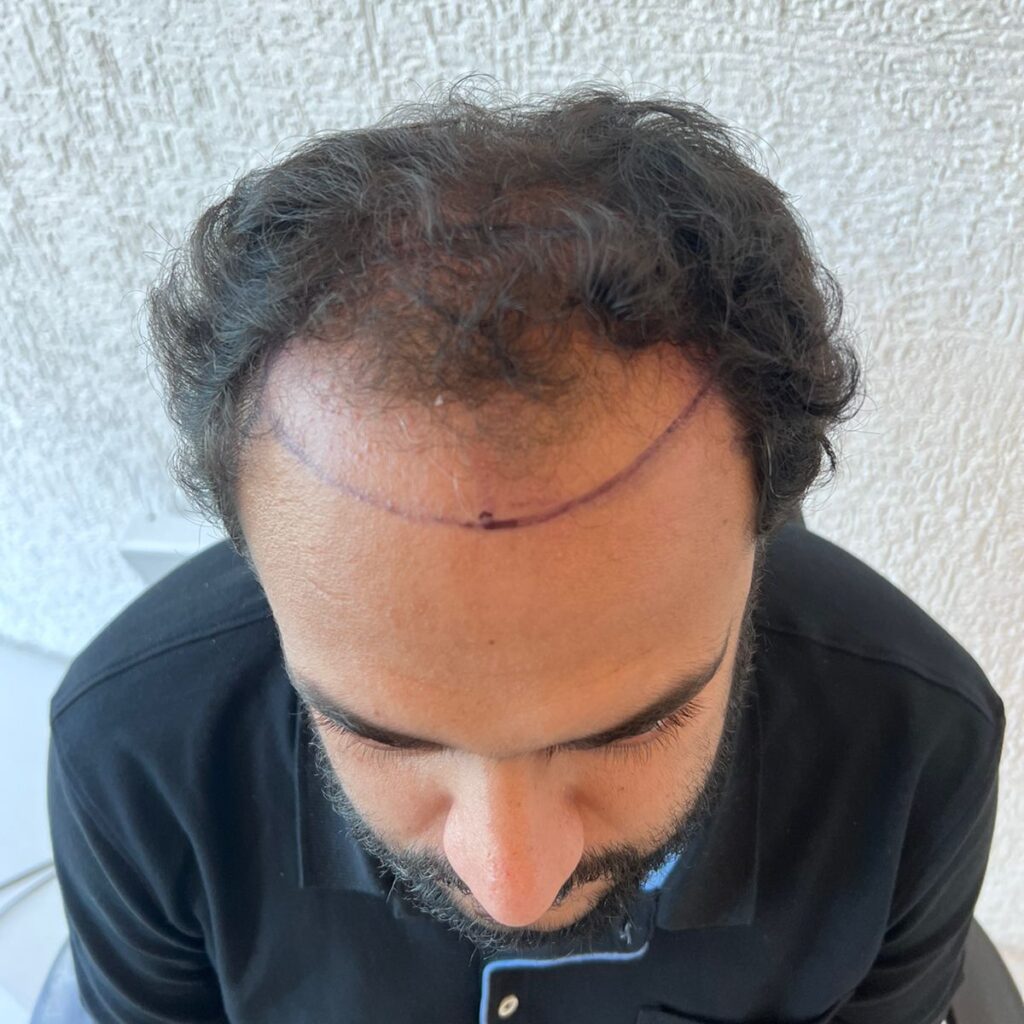

The earliest stage of male hair loss. It is characterized by a deepening temporal recession.

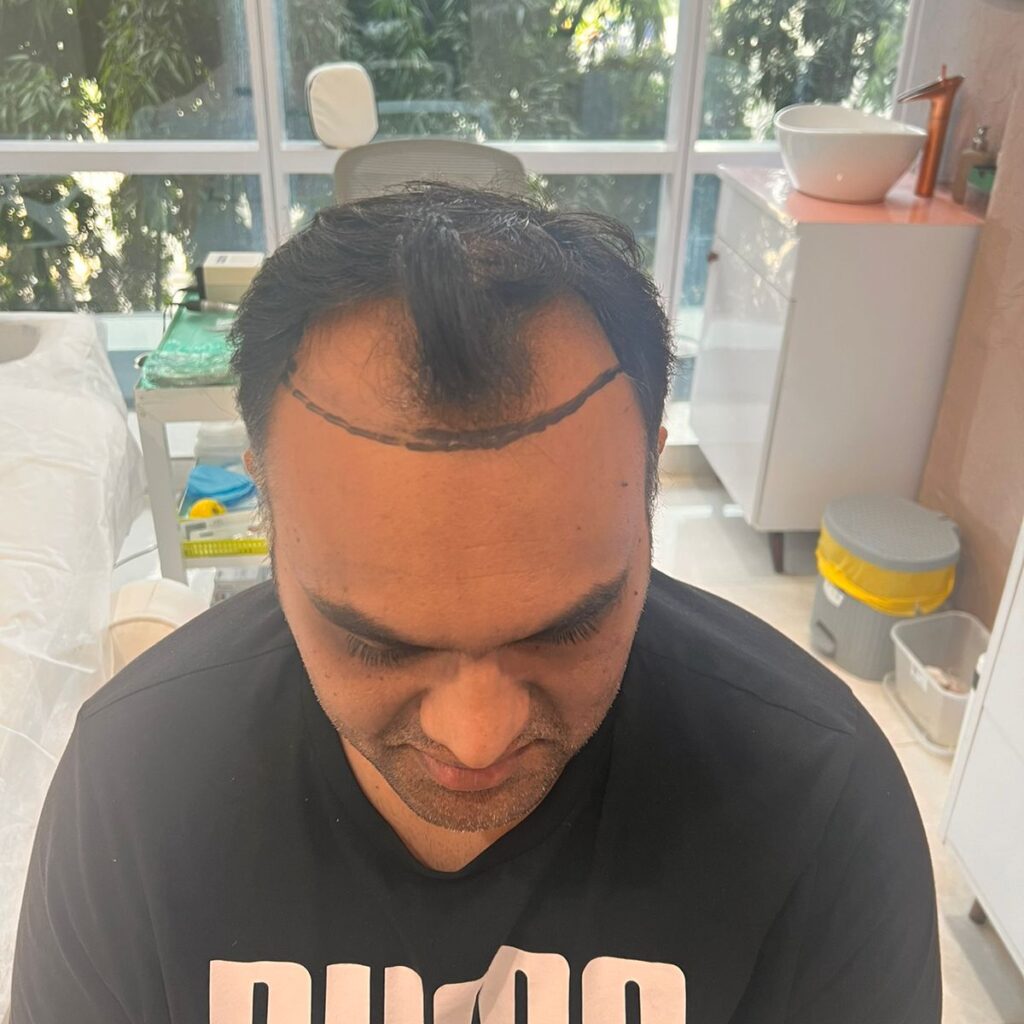

Represents early hair loss in the crown (vertex).

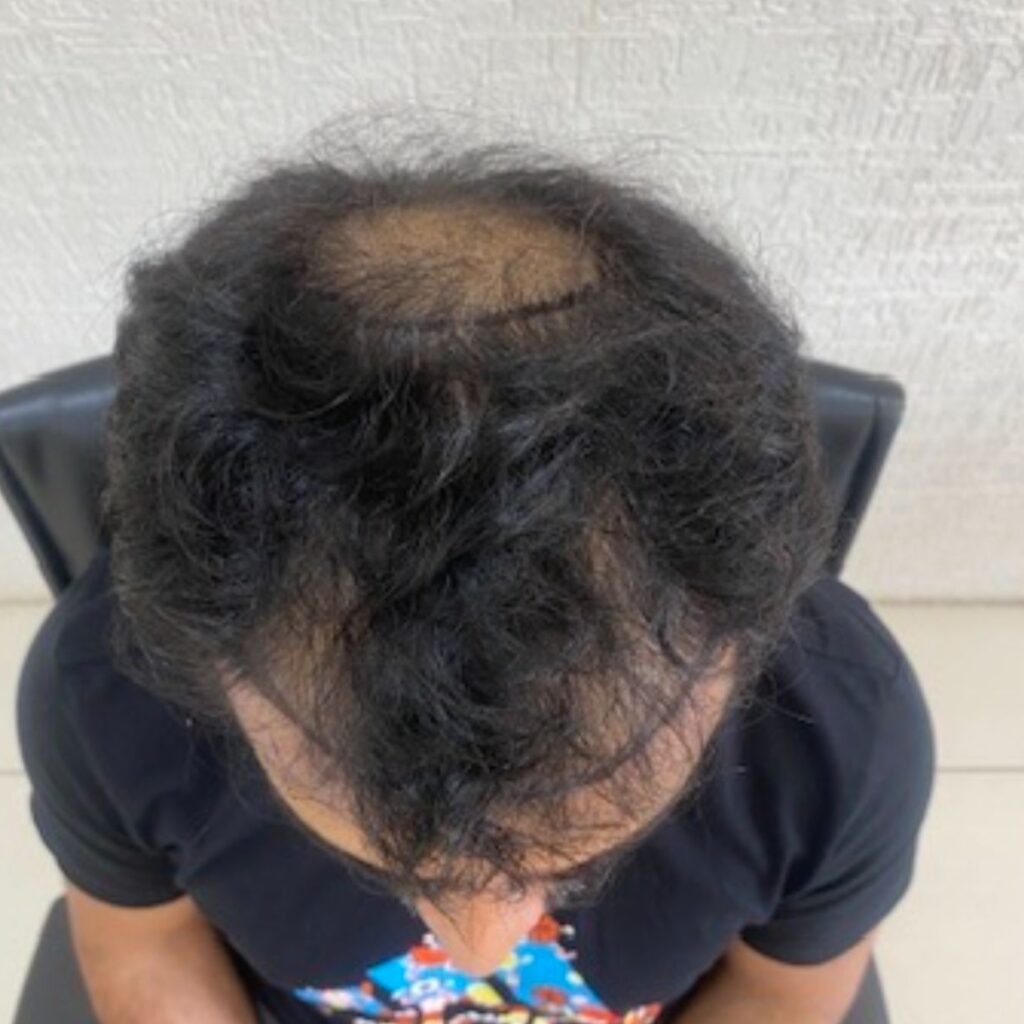

Characterized by further frontal hair loss and enlargement of vertex, but there is still a solid band of hair across the top (mid-scalp) separating front and vertex.



The bald areas in the front and crown continue to enlarge and the bridge of hair separating the two areas begins to break down.

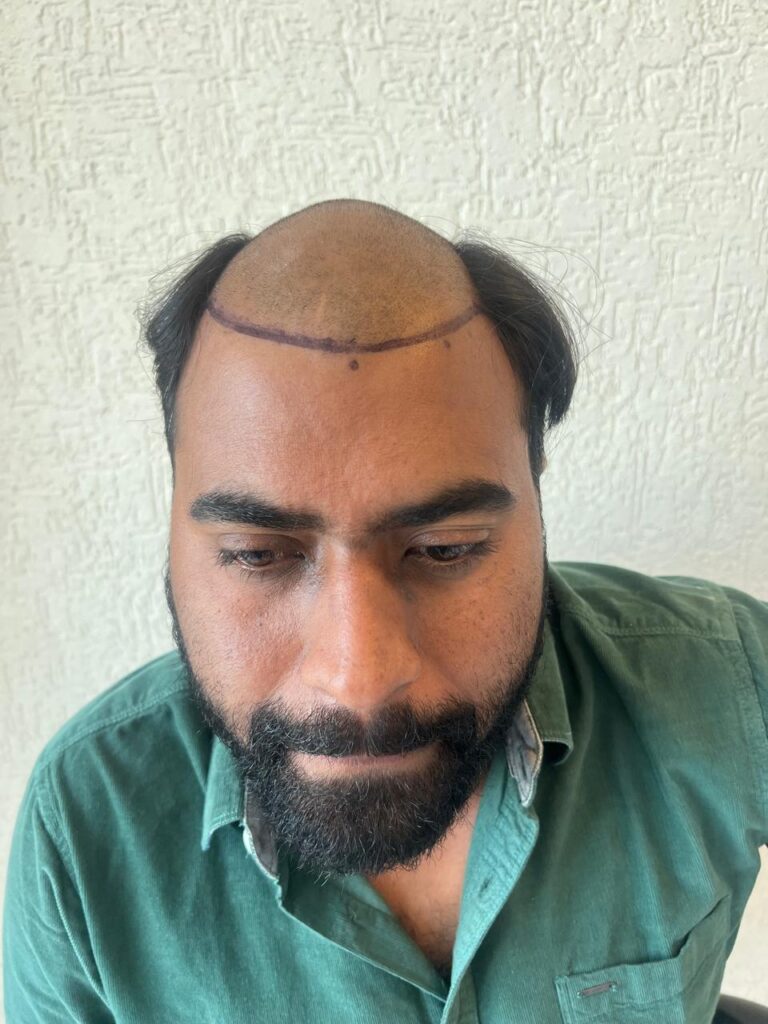

Occurs when the connecting bridge of hair disappears leaving a single large bald area on the front and top of the scalp. The hair on the sides of the scalp remains relatively high.

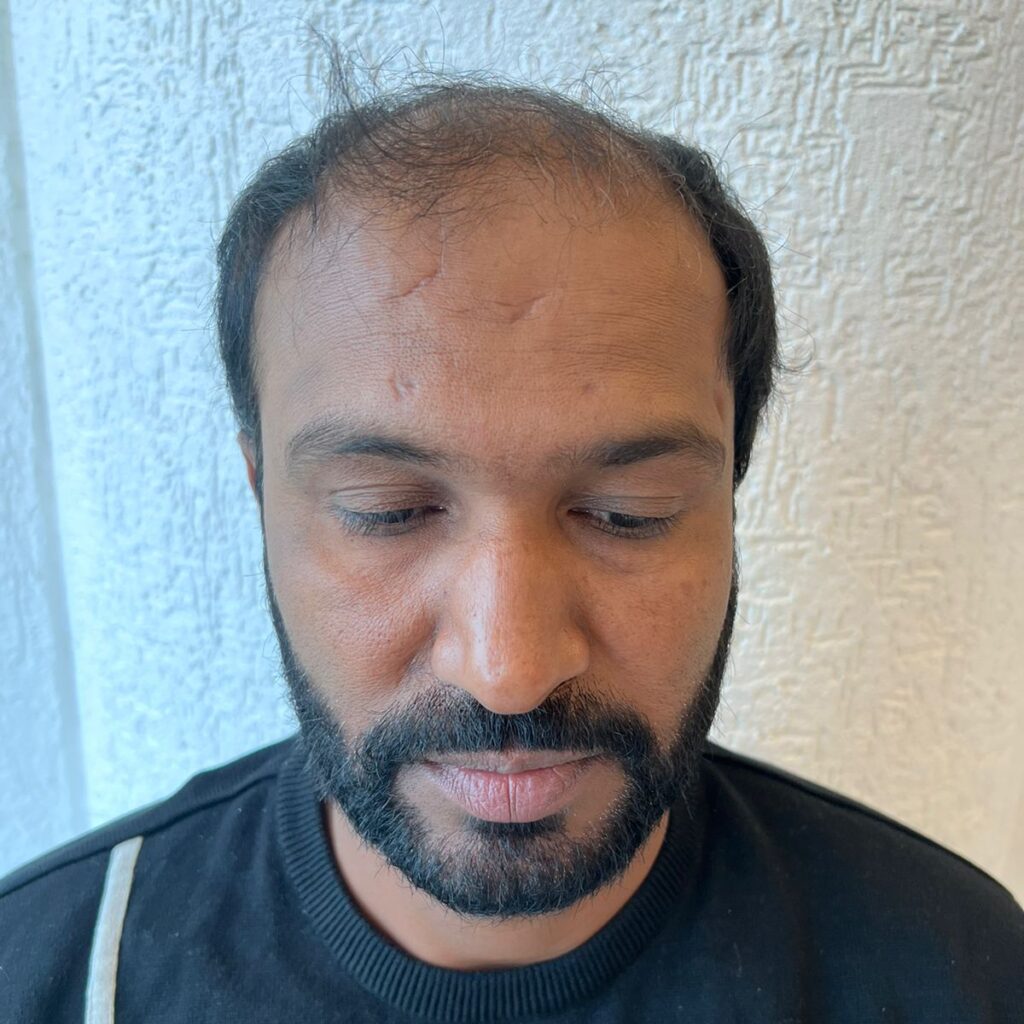


Read our latest articles on hair and skin care.
Get expert advice tailored to your needs. Our specialists are ready to guide you every step of the way.

Copyright © Edit Hair and Skin Clinic Pvt Ltd | All Rights Reserved | Privacy Policy | Payment T&C | Shipping Policy | Cancellation Policy |

